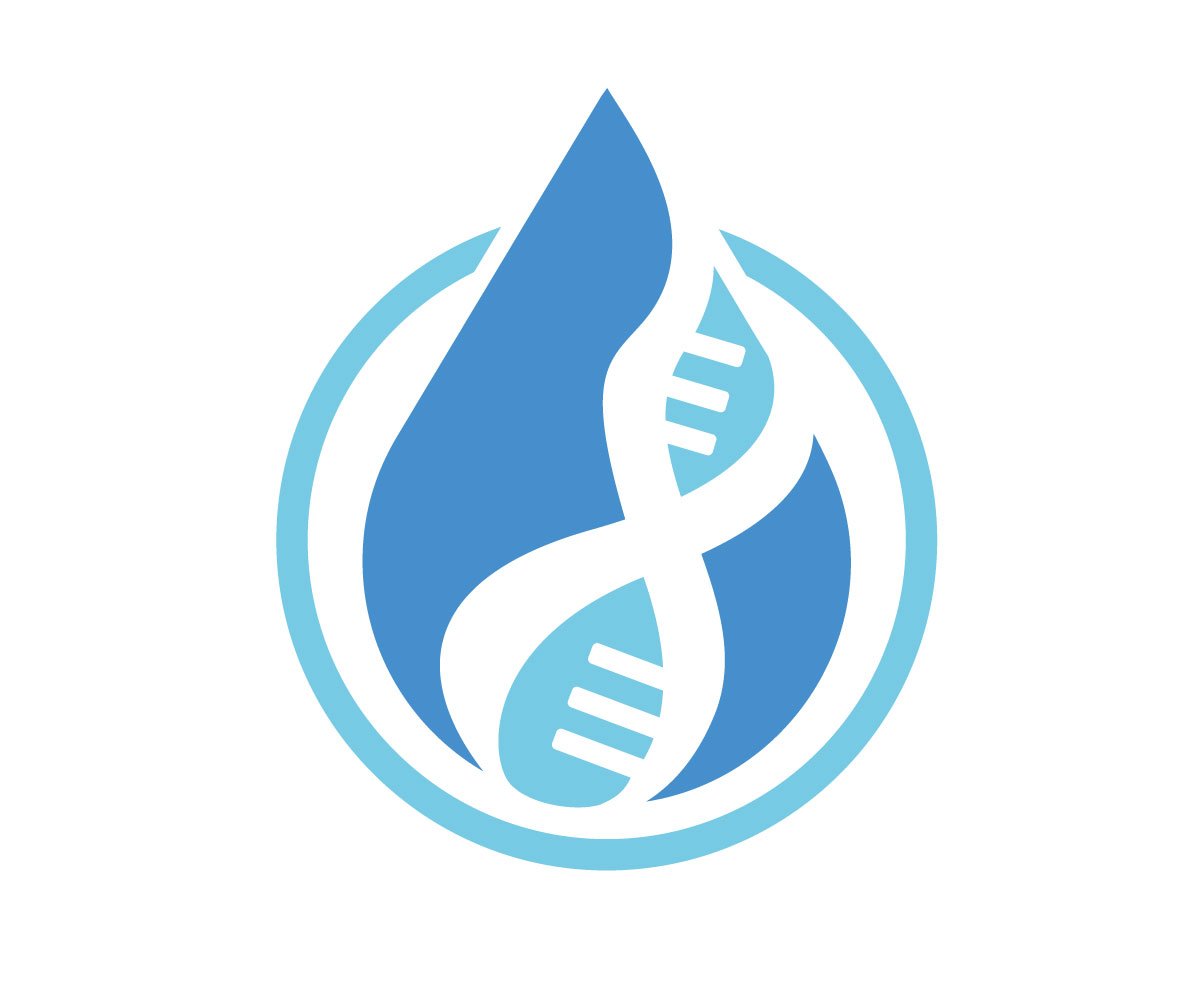Genetic counseling for stigmatized pregnancy conceptions
This is a post aimed at educating the professionals who work with people having DNA testing — the genetic counselors, geneticists, and genealogists who are familiar with and in a position to share unexpected findings and to support the individuals who discover a shocking result from a DNA test. At the end, we offer a call-to-action with the hope of creating a better system and referral network when a DNA test results in shocking discovery.
NOTE: This post covers topics and contains content that might be triggering to those with a personal background of sexual trauma, DNA test-induced trauma, or severe family dysfunction and abuse. Please proceed only if you are prepared to read about these topics.
A few weeks ago during the National Society of Genetic Counselors conference (November 2022), two co-authors from Loma Linda University and Watershed DNA founder Brianne Kirkpatrick shared research that draws attention to the challenge of providing genetic counseling in difficult situations involving stigmatized pregnancy conception. These situations involve children (whether adult or child) born from pregnancies conceived after rape, sexual assault, incest, or consanguinity.
Incest indicates sexual intercourse between immediate genetic relatives (siblings, or parent/child) and consanguinity indicates sexual intercourse between close, but not immediate, genetic relatives like cousins, or uncle/niece. Discovery of these relationships can be revealed by the appearance of high ROH on a DNA test from a child produced from the union, whether the DNA test was a clinic-based genetic testing or a consumer-based DNA test ordered from home.
Resources for support after a stigmatized genetic origin discovery are limited, as are guidelines around disclosure and navigating the timing of disclosure and balancing child and parent rights. Our research included background and used the case example of a real-life case seen in pediatric genetics clinic during which father/daughter conception was revealed via genomic analysis (WES) on a teenage patient who was not yet aware the identity of her father was her biological grandfather.
With our poster-presentation, we called attention to the need for more resources and guidance, especially for genetic counselors who are tasked with sharing the discovery and identifying resources for support for the individuals and families involved.
You can read more Watershed DNA blog posts on the topic of high ROH here, here, here, and here. We also have posted the first-hand experience of one adoptee who discovered ROH as part of his biological family search.
Efforts in the genetic genealogy community in recent years have tried to focus on using the term “high ROH” with individuals conceived from an incestuous mating whenever possible, to emphasize the DNA pattern seen on analysis and de-emphasize the term used that is so closely tied to social shame and stigma.
In our case report and analysis, high ROH was identified after testing the teenager to attempt to determine the genetic cause of their rare, autosomal recessive condition. The mother revealed to the genetics team that her own father was the biological father of her child and asked the clinical team not to disclose the results. The genetics team agreed to her request after a lengthy discussion that included resources for family communication and emotional support.
With this case, we
Called attention to some of the ethical considerations and questions that remain unresolved,
Highlighted available resources for high ROH discoveries located HERE, and
Concluded with the following take-aways:
•Incidental discovery of high ROH and stigmatized conceptions (consanguinity, incest, rape, e.g.) are a long-standing, under-addressed issue in the field of genetic counseling.
•No guidelines or consensus exists for the post-test discussion, and which, if any role the genetic counselor should hold in the disclosure of parentage information to a minor patient, or later once they become and adult.
•Limited literature suggests that disclosure of rape to children can benefit their self identity and strengthen relationships with parent and early findings suggest disclosure that is step-wise and done before adolescence leads to the best outcomes.
•Genetic counselors should work to integrate the outcomes of research into clinical practice and develop collaborative, multidisciplinary teams and resources to help assist families and patients.
•More research is needed in the area of incidental DNA discovery with a goal to better understand the population rate of incest, what types of referrals are indicated, and life-long impacts of an incidental discovery and its disclosure.
Genetic counselors are often part of multi-disciplinary teams taking care of patients and families in a time of great distress. This case highlighted an additional need for trained social workers and mental health professionals to participate in the care for such families and for the need to increase and strengthen the interdisciplinary referral networks.
A CALL-TO-ACTION for genetics and mental health professionals
Mental health professionals and genetics professionals,
we want to hear from you!
We have gathered all of the resources we can to support the individuals and providers impacted by a high ROH discovery. Part of the effort and the goal for today’s post is to continue creating a better network.
Please reach out to us and let us know:
Have you been involved in providing care for a family or individual in which stigmatized situation involving misattributed parentage has come to light?
Have you made this discovery for a patient or client in your work?
Where did you feel unprepared in your work?
What resources were you able to locate that others might also find helpful?
What do you wish existed for care teams, genealogists, search angels, and families making shocking DNA discoveries like this?
Please send us a message today.
Your thoughts, your resources, and your availability to learn and to share with other carers are welcome.

